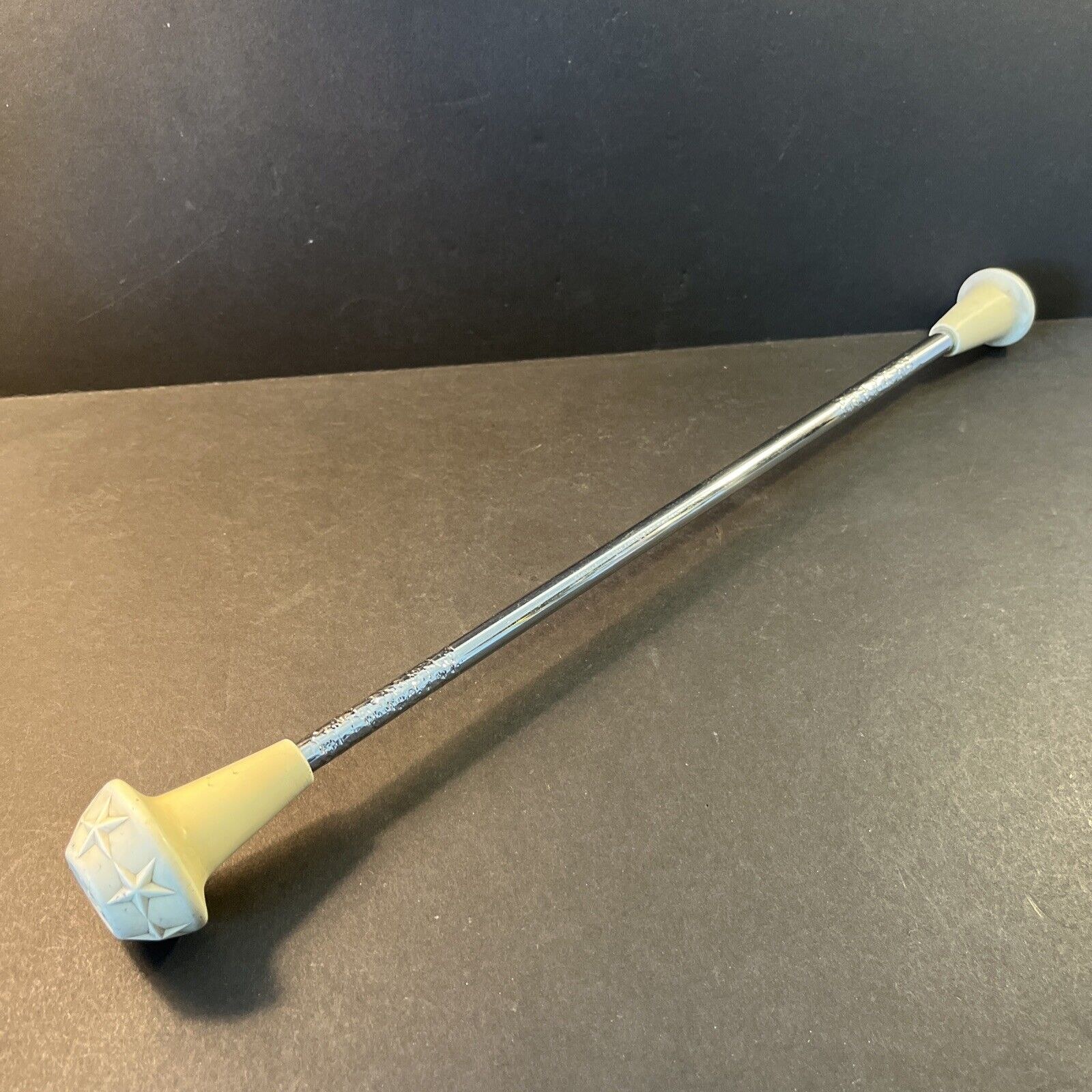Introduction to Vintage Twirling Batons
Vintage twirling batons are more than just tools for performance; they are pieces of history that tell a story of evolution, artistry, and athleticism. Let’s explore how these simple yet elegant objects have captivated audiences for decades.
The Historical Origins of Twirling Batons
Military and Ceremonial Beginnings
The twirling baton first appeared in the early 20th century, originally crafted for military and ceremonial uses. Soldiers used batons to signal commands and coordinate movements during parades and drills. These early batons were typically made from wood or metal, designed for durability and balance.
Transition to Artistic Performances
By the 1920s and 1930s, the twirling baton had transitioned from military use to become a central element in artistic performances. High school and college marching bands, as well as cheerleading squads, adopted the baton for their routines. The design of the baton—simple yet effective—made it perfect for intricate spins and flourishes.

The Rise in Popularity of Baton Twirling
Competitive Marching Band Routines
The inclusion of twirling batons in marching band routines added a dynamic visual element that captivated audiences. Performers demonstrated their skill with precise, synchronized movements, creating impressive patterns and tricks.
Cheerleading Squads and Halftime Shows
Cheerleading squads quickly recognized the appeal of baton twirling. Incorporating batons into their routines allowed them to showcase both athleticism and artistic expression during halftime shows and pep rallies.
The Design and Craftsmanship of Batons
Materials and Balance
Vintage twirling batons were typically crafted from wood or metal. The choice of material influenced the balance and weight, crucial factors for performing intricate maneuvers. A well-balanced baton allowed performers to execute spins, tosses, and catches with precision.
Aesthetic and Functional Design
The design of the baton evolved to include various decorative elements, such as colored tapes and tassels. These enhancements added visual appeal while maintaining the baton’s functionality.
The Art of Baton Twirling
Athleticism Meets Artistic Expression
Baton twirling is a unique blend of athleticism and artistry. Performers must possess physical strength, coordination, and a sharp sense of timing. Routines often combine elements of dance and gymnastics, demanding both grace and precision.
Creating Visually Striking Performances
The skillful twirling of batons creates dynamic and visually striking performances. The patterns and tricks performed with the baton can mesmerize audiences, making it a central feature of many parades and shows.
Legacy and Continuing Influence
A Rich Tradition of Performance Art
The legacy of vintage twirling batons extends far beyond their historical applications. They represent a rich tradition of performance art that highlights discipline, elegance, and showmanship. Although their mainstream popularity has waned, the influence of baton twirling endures.
Modern-Day Baton Twirling
Today, baton twirling remains a cherished activity in both competitive and recreational contexts. Educational institutions and community groups continue to preserve and pass on the art of baton twirling, ensuring that this unique performance art thrives.
The Impact on Cultural and Community Events
Parades and Community Celebrations
Vintage twirling batons have long been a staple of parades and community celebrations. Their presence adds a sense of festivity and tradition, drawing spectators and participants alike.
Educational Programs and Competitions
Many schools and organizations offer programs that teach the art of baton twirling. Competitions provide a platform for performers to showcase their skills and creativity, keeping the tradition alive for future generations.
The Enduring Appeal of Baton Twirling
A Symbol of Grace and Skill
Despite changes in popular culture, the twirling baton remains a symbol of grace and skill. Its enduring appeal lies in the combination of physical prowess and artistic expression that it demands from performers.
Inspiring New Generations
The timeless art of baton twirling continues to inspire new generations. Young enthusiasts take up the baton, learning the intricate techniques and adding their own flair to this historic performance art.
Conclusion
Vintage twirling batons are more than mere performance tools; they are symbols of a rich tradition that blends athleticism with artistic expression. From their military origins to their role in modern-day performances, these batons have left an indelible mark on the world of performance art. As enthusiasts continue to preserve and celebrate this art form, the legacy of vintage twirling batons will undoubtedly endure, captivating audiences for years to come.
Embrace the art and history of baton twirling, and let its legacy inspire you to explore the blend of grace, skill, and tradition that defines this captivating performance art.





